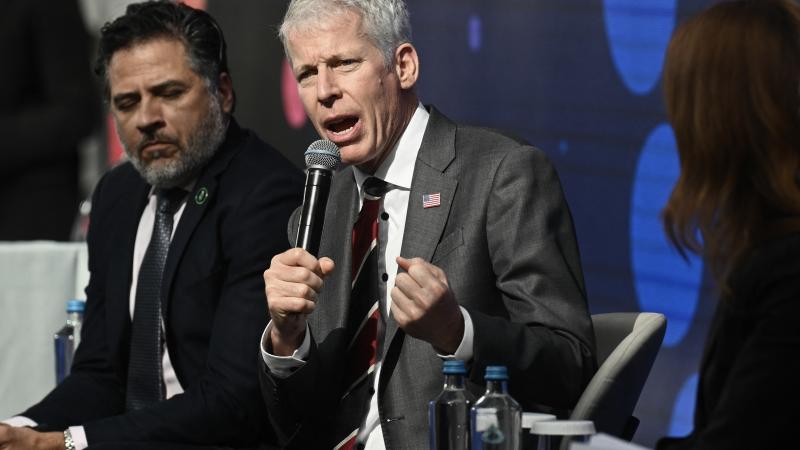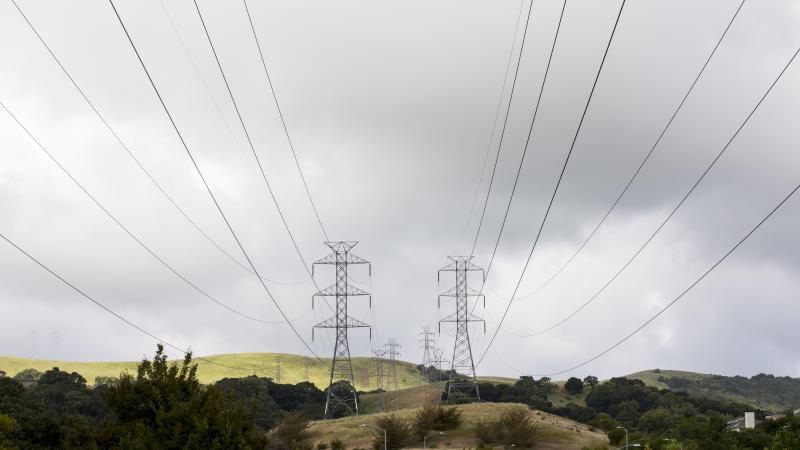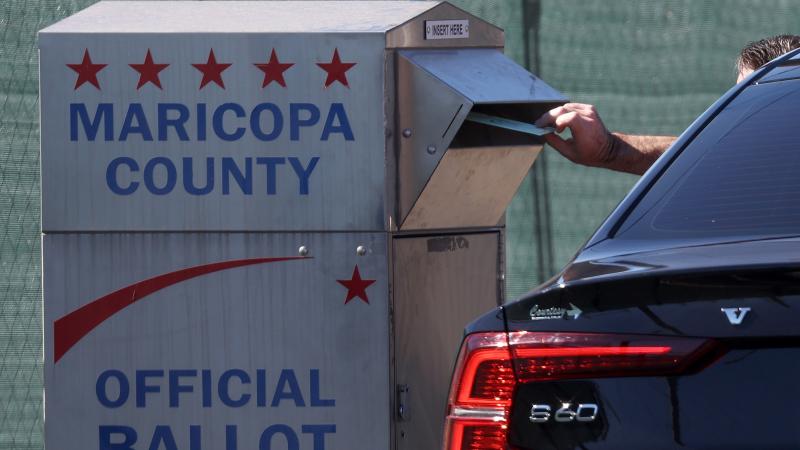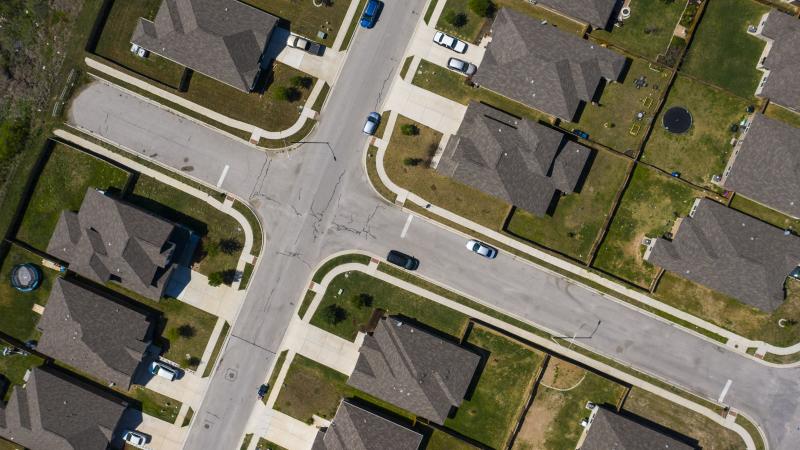Orphan well plugging scrutinized for cost inflation, bad data
Though Gov. Josh Shapiro wants to send another $11 million for plugging, on top of $500 million in federal funds over the next several years, more money has meant more problems.
(The Center Square) — Pennsylvania’s problems with plugging orphan wells comes from all sides: public and environmental threats, flawed data tracked by state agencies, an industry that doesn’t want blame for the mistakes of the past — and a rising financial cost.
Though Gov. Josh Shapiro wants to send another $11 million for plugging, on top of $500 million in federal funds over the next several years, more money has meant more problems.
Before the federal money, the cost of the Department of Environmental Protection to plug problem wells was about $17,500, said Cameron Energy President Arthur Stewart during a House Environmental Resources and Energy Committee hearing on Monday.
“It isn’t until the prevailing wage comes along and the federal money comes along that we see these astronomical sums that we shake our heads at,” Stewart said.
The federal money incentivized states to find more orphan wells. Nationally, the government’s database grew dramatically and lists about 127,000 wells.
As more wells were listed as eligible for plugging money, plugging costs jumped. Initial estimates could range from $33,000 to $68,000 per well, but in Pennsylvania, the costs have been even higher.
In March, DEP revealed that its initial grants for well-plugging have been more than $100,000 per well.
Kurt Klapkowski, acting deputy secretary of the office of oil and gas management, clarified on Monday that the average has been about $110,000.
“There’s two reasons: No. 1, the DEP put together massive packages that my little company couldn’t bid on; they were too big for me,” Stewart said. “The second reason is the darn bonding. I had to put up a 210% bond, it just sucks up all my cash flow because you can’t get a bond without putting up all the cash. So we turned our back on those projects, as did virtually every other local party that plugs wells.”
Federal prevailing wage requirements, too, drive up plugging costs by setting wage floors for labor. DEP has dedicated more workers to the plugging program to prep orphan wells for plugging, and aims to group together wells that are close by to keep costs lower.
The orphan wells are an industrial legacy when states like Pennsylvania, Ohio, and West Virginia boomed (sometimes literally) with oil and gas discoveries in the latter half of the 19th century. The wells tend to be decades-old, their operators long-dead, and state officials are only aware of a fraction of them.
Estimates range from 350,000 to more than 700,000 orphan wells scattered across the Pennsylvania landscape. The federal list accounts for fewer than 30,000 orphans.
“All these things take time and resources,” Klapkowski said.
Though DEP conducted more than 44,000 inspections last year to prevent more wells from getting orphaned — a record for the agency, he noted — they are short dozens of workers compared to 2016.
“I’m really proud of that effort, but I feel like we’ve reached the end of the efficiencies we can generate here,” Klapkowski said.
The shortcomings of state efforts, though, were also criticized from conservatives and environmentalists alike.
“My focus is on the DEP database,” said Rep. Martin Causer, R-Bradford. “It’s confusing, some have alleged that it has flawed data in it. It’s definitely confusing and misleading — there’s orphan wells, there’s abandoned wells, there’s DEP orphan wells, there’s DEP abandoned wells.”
Some of those problems with clarity come from legal definitions: DEP cannot declare a well orphaned without completing legal research on deeds and ownership records, Klapkowski noted. But much of this work is done in a fog, sometimes with little historical data or knowledge to go on.
Other data problems come from siloed and expensive divides.
The Department of Conservation and Natural Resources has an EDWIN database with information on wells (for use by oil & gas operators and landowners), but some of its wells aren’t in DEP’s database. And access to EDWIN requires a $5,000 application fee along with a $500 annual subscription fee.
“This isn’t just important to us as residents, but this is important to people who are planning buildings,” said Laurie Barr of Save Our Streams PA.
Barr gave examples of orphan wells that were under homes and commercial buildings; DCNR had records of the wells, but other databases did not.
Data problems feed into a standing problem with the well-plugging push: Gov. Shapiro has bragged about getting 200 wells plugged under his leadership, but many of them are not threats to people or nature. The commonwealth, like other states, may be plugging wells that are easy, not wells that are dangerous.
“The focus in the future needs to be directed at public health,” said Melissa Ostroff, Pennsylvania policy and field advocate for Earthworks. “There’s a small fraction of abandoned well sites that will have the highest impact to plug — and those are the wells where we should be focusing our efforts.”
The commonwealth far outpaces every other state in its orphan well numbers, and the difficulty of plugging wells, but it’s also a chance for officials to have a national impact if they deal with the problem.
“Pennsylvania’s at the epicenter of the orphan well crisis,” said Ted Boettner, senior researcher at the Ohio River Valley Institute.
















